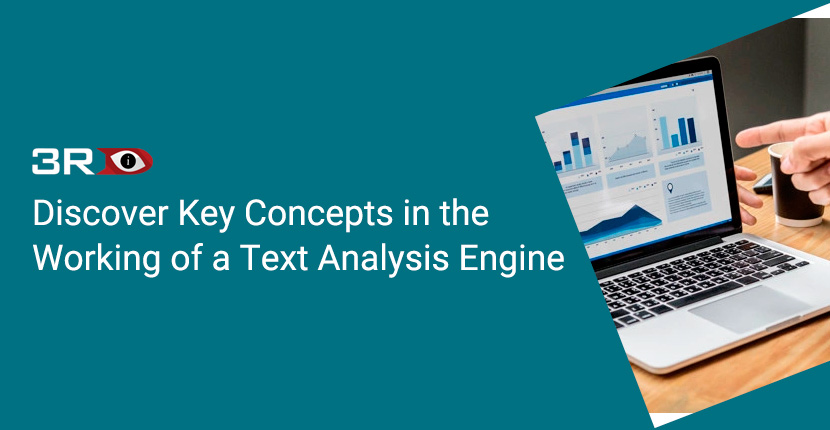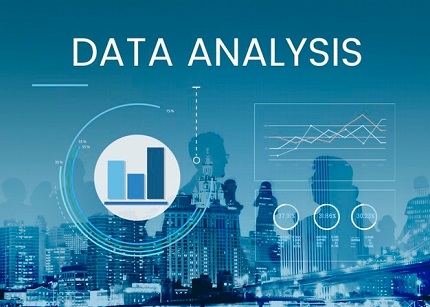
Discover Key Concepts in the Working of a Text Analysis Engine
Data in the enterprise is unstructured and complex. Since typical keyword-based methods cannot be used to investigate this data, it must be analyzed utilizing the most modern data mining and text analysis engines available. NLP, AI, machine learning, and other technologies are just a few of the tools we use to make sense of the vast quantities of unstructured and unoptimized data that businesses collect and store today.
Here is where 3RDi Search, a modern text analysis platform, comes in handy. 3RDi Search is a robust text mining and text analysis engine with all of the text mining capabilities that organizations require today. It's a comprehensive text analysis platform that allows companies to analyze complex unstructured data with pinpoint accuracy every time.

How a Text Analysis Engine Works
Text analysis, also known as text mining, is the act of analyzing large amounts of unstructured data to uncover previously unknown information and insights that can be utilized to make better decisions and do other tasks. Text mining services such as sentiment analysis, content categorization, semantic search, content summarization, named entity identification, and more are available through new era text analysis engines like 3RDi Search. Here we shall learn a little about the key concepts behind the working of a text analysis engine, along with their significance.
Data Extraction
The first step in the process of analysis of unstructured enterprise data with a text analysis engine, data extraction involves the process of tokenization and the identification of key phrases and named entities in the data. Its purpose is to reconstruct a set of unstructured or semi-structured pieces of data into a structured database. Data extraction is a process that uses pattern matching technology in order to look for predefined sequences within the data.
Categorization
Categorization consists of the following steps - processing, indexing, dimensional reduction and classification. It’s a concept of text analysis engine that works on an input-output principle wherein the system is given inputs regarding the pre-defined categories under which the data in the new documents is to be classified. The purpose of Categorization, a key capability of new age text analysis platforms, is to assign one or more categories to unstructured data.
Clustering
The purpose of the concept of Clustering is to bring together different clusters of data with similar content. The result of clustering is the generation of multiple documents which are referred to as clusters. The content of documents placed in a particular cluster are similar while that of documents in different clusters are completely different.
Visualization
The concept of visualization Uses visual cues such as text flags to indicate individual documents or document categories and colours to indicate the density of a category, entity, phrase, etc. It is used to place large sources of textual data into a visual hierarchy and its purpose is to enhance the discovery of useful information with visual cues. It enables the user to zoom in/out or scale the document as required, without any loss of data.
Summarization
The purpose of Summarization, another significant concept of a text analysis engine, is to automatically generate a summary of the data including information that will be highly relevant to the user and it is used to bring out the points that the user is will find to be the most useful. It uses semantics technology, similar to a semantic search engine, to retain the meaning of the text in the summary.